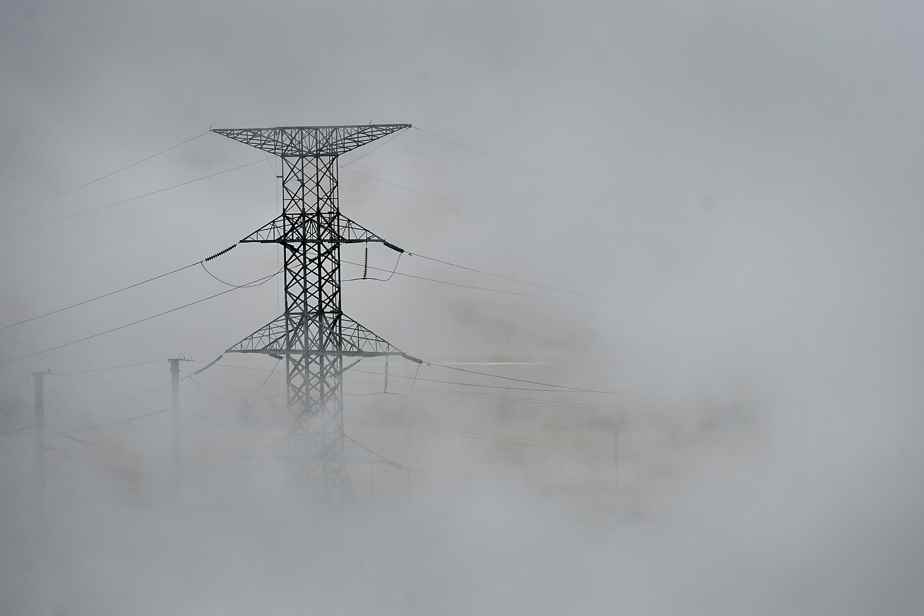Posted at 5:00 a.m.
“They will be right”
“Experts are pessimistic about achieving the 1.5 degree target and unless there is action leading to a major disruption of current standards, practices and technologies, they will be right. This sentence, heavy with consequences, is the main conclusion of the study carried out by Damon Matthews and Seth Wynes, two climate specialists at Concordia University in Montreal. The two experts are adamant: “The current level of global effort is not sufficient to achieve what is needed to limit warming to 1.5 degrees. Their study, titled Current global efforts are insufficient to limit warming to 1.5 degreewas published in the journal Science on June 24th.
Already 1.25 degree
Remember that, according to the latest report from the Intergovernmental Panel on Climate Change (IPCC), the world is heading towards a warming of 3.2 degrees by the end of the century. More recent projections, which include the new international climate commitments, anticipate warming between 2.5 and 3 degrees, but only if all political promises are kept. According to new data, the planet has already warmed by 1.25 degree since pre-industrial times and the average concentration of carbon in the atmosphere now exceeds 415 parts per million (ppm). This unit of measurement, ppm, indicates the number of molecules of CO2 for every 1 million air molecules. However, the higher the concentration, the higher the temperatures on Earth. According to NASA, the concentration of CO2 in the atmosphere had never exceeded 300 ppm in the past 800,000 years. This barrier was crossed at the beginning of the XXe century and has been pushed back ever since.
Insufficient progress
In interview with The Press, Damon Matthews recalls that progress has nevertheless been made in recent years. “We are no longer aligned with the most pessimistic scenarios of a warming of 4 or 5 degrees,” he says. This has been made possible through international efforts with the result that greenhouse gas (GHG) emissions will be roughly stable or slightly increasing over the next decade. Insufficient efforts, however, to limit global warming to 1.5 degree. Because if the trend continues, temperatures will still continue to increase at a rate of 0.24 degree per decade. At this rate, the planet will have warmed by at least 1.5 degree within a few years.
A political and social problem
If the chances of limiting warming to 1.5 degrees seem slim, they still exist, point out Damon Matthews and Seth Wynes. There is no evidence that it is physically impossible to achieve the 1.5 target degree, recalls their study. The possibility is still there, but “the main forces of inertia likely to prevent this outcome are not climatic in nature, but rather political, technological and social”, they write. The efforts to achieve this are nevertheless colossal: to keep alive the objective of 1.5 degree, the world must reduce its GHG emissions by 43% by 2030. “There is always a chance of getting there, it’s important not to give up,” says Mr. Matthews. If we try to get there, even if there is only a 50% chance of limiting warming to 1.5 degree, we will still have an 80% chance of not exceeding 1.75 degree and almost certainty (95%) of being able to limit warming to 2 degrees, note the researchers.
A “difficult and complex” task
According to Caroline Brouillette, director of national policies at the Climate Action Network, this study confirms that it is still possible to achieve our climate targets of the Paris Agreement. If the task is not “impossible”, it is nevertheless “difficult and complex”, she adds. The 1.5 degree target is the critical threshold beyond which we increase the risk of crossing tipping points. “The irreversible melting of the ice caps which causes a whole cycle of disturbances on the climate and the rise of the waters, it is an example of a tipping point, she explains. We must redouble our efforts to limit uncertainty, to limit the most catastrophic effects of climate change. Every tenth of a degree counts. »
Learn more
-
- 450ppm
- In 2014, the IPCC had estimated at 450 ppm the limit not to be crossed in order to limit global warming to 2 °C.
Source: IPCC
- 420.99ppm
- In June 2022, the concentration of carbon in the atmosphere peaked at 420.99 ppm, according to National Oceanic and Atmospheric Administration (NOAA) readings at the Mauna Loa Observatory in Hawaii.
Source: NOAA

